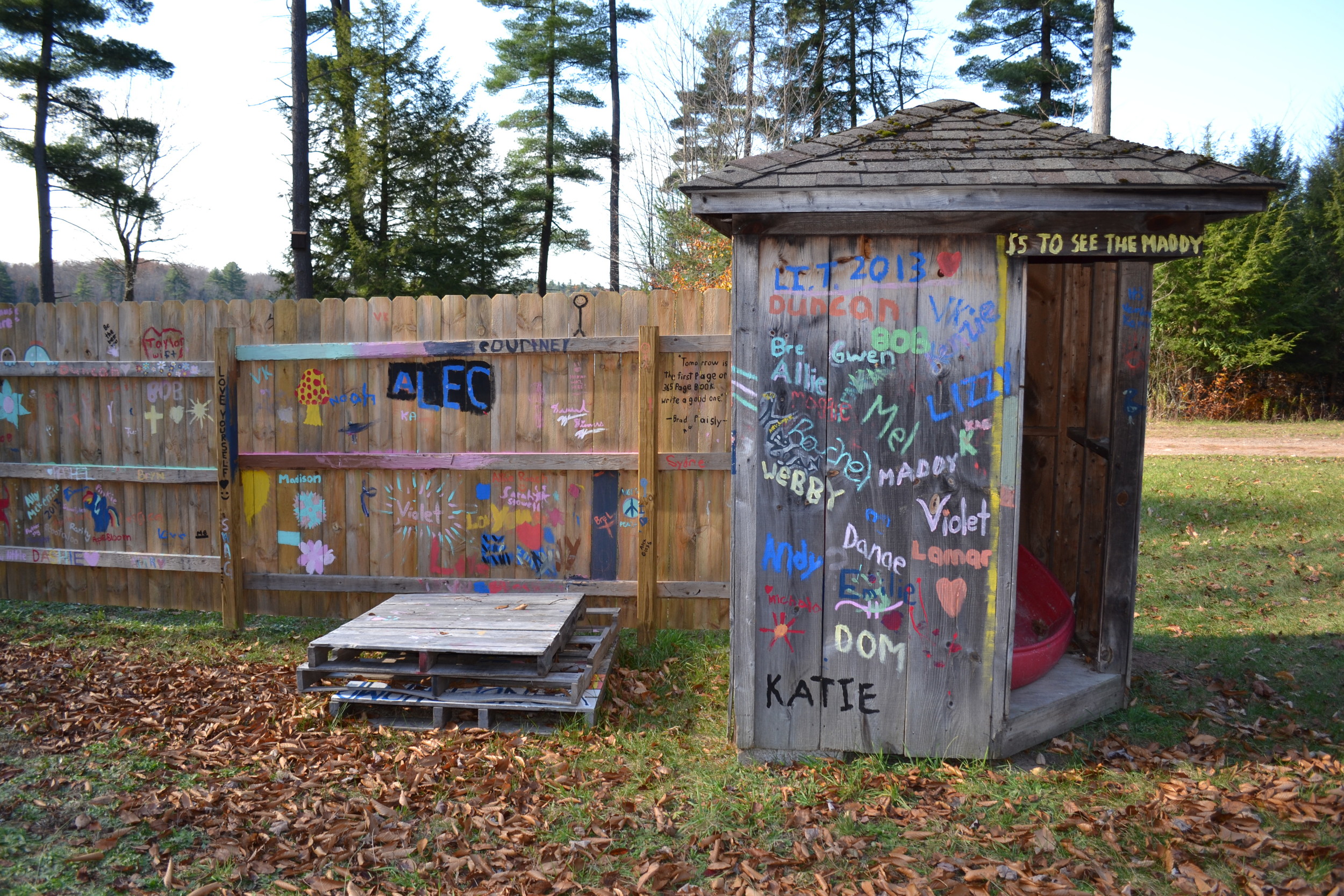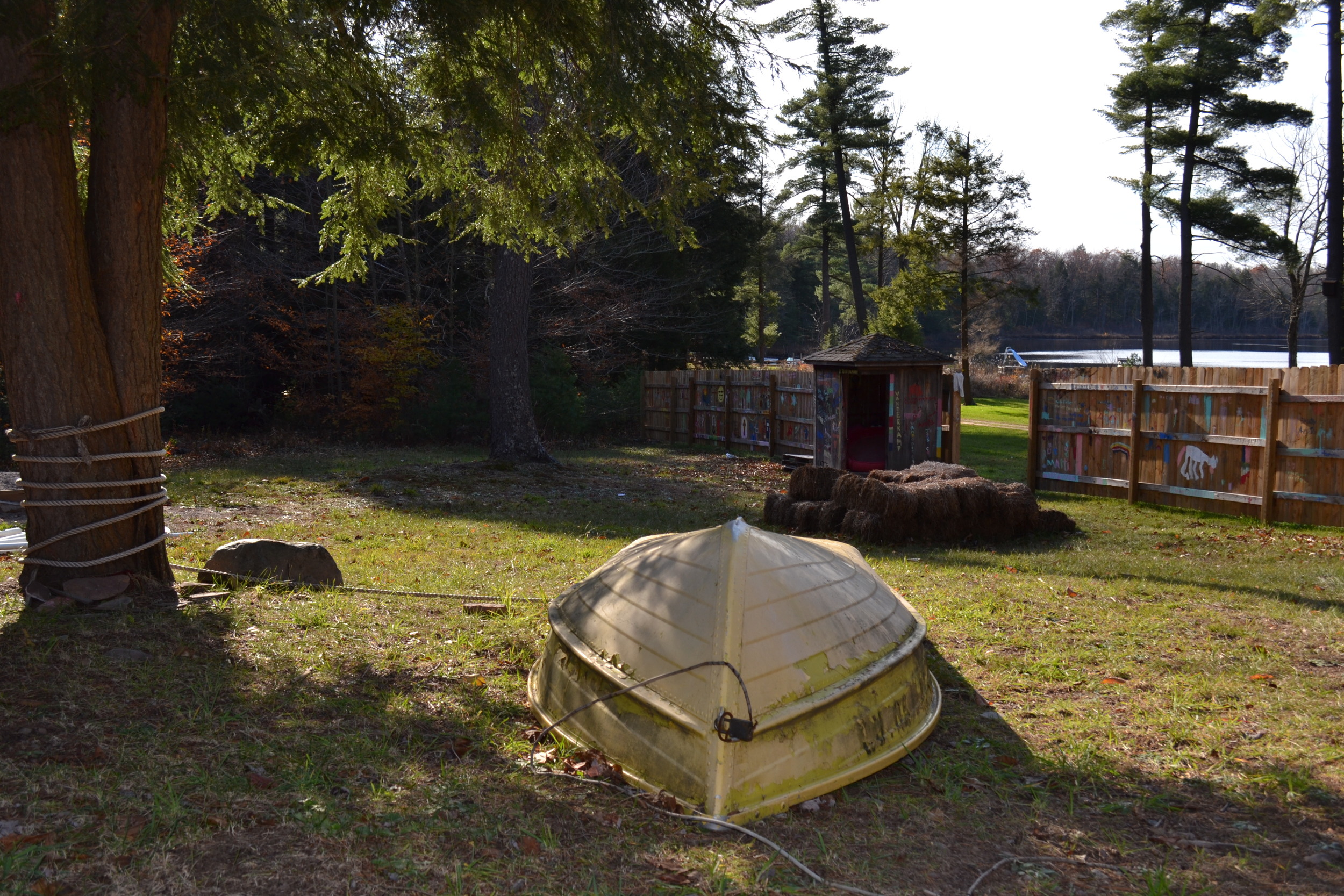Supplies...
Enough Sponges for half the number of people (We cut Grout Sponges in to 8ths. Joe Richards suggests cutting up old camp mattress, awesome!)
A bucket of water for each ship
A ballon full of shampoo and tempera paint
5 gallon bucket of flour
The giant game board
Creating the Giant Game Board...
Basically we need to create a playing area where the opposite sides can’t see each other with clear boundaries, marked with cones or paint. The entire playing area is about half a basketball court with a barrier in the middle. We used tarps over 2 soccer goals. You could use tarps over anything like a volleyball net.
Setting the stage…
Giant Battleship is just like it sounds, awesome! The objective is to sink all of the other teams ships. Each ship is made by groups of 8-10 campers, we used cabin groups. These ships are each given a heaping bowl of flour (Pro Tip: Have extra flour on hand, we drastically under estimated the amount we would need the first time we played), a bucket of water with enough sponges for each person to have one, and a paint ballon. With the flour, each ship group creates the physical representation of the ship on ground. Campers can decide how large or small to make it and what the shape will be. Once each ship is drawn the campers stand inside. Each ship in succession does a silly cheer. The cheer allows the opposing team to hear and guess where the ships are located.
Playing!
The game begins with one team standing in their ships and throwing all their sponges over the barrier trying to hit the other teams ships. If a sponge lands inside your ship, your ship has been hit. If your ship is hit twice it sinks. When a ship sinks all members of that ship yell abandon ship and find other ships to join. They now stand inside another ship and will thrown from there. While the sponges are flying the people in each ship can try to block, catch, or bat away the sponges to keep them from landing inside the ship. Once all the sponges have been thrown by Team A, Team B gathers the sponges. After gathering all the sponges Team B’s turn to throw starts on the mark. At any point while a team is throwing sponges the paint balloons may be thrown. If a paint ballon lands in a ship that ship is sunk instantly.
The game ends when all of one teams ships have been sunk.
Leave us a comment if you play similar games or have ideas to make this one better!








































